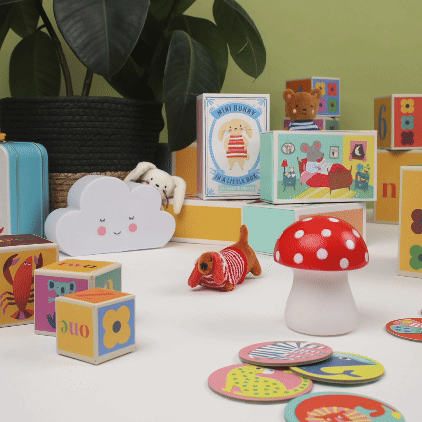The history of Easter

You probably even know that the date of Easter in the West is determined by first day of the full moon that occurs on or following the spring equinox on 21st March (although you could be forgiven for thinking some blindfolded priest in Rome just sticks a pin somewhere in the ‘March’ and ‘April’ pages of the calendar to decide the date).
Easter actually has pagan and Jewish roots, as well as its obvious Christian association. We know from St Bede, an English historian and scholar from the seventh and eighth centuries, that Easter has partial origins in Teutonic mythology. ‘Eostre’ was the Anglo-Saxon goddess of dawn, who was celebrated at the vernal equinox and to whom the month of April was dedicated.
It’s likely the term ‘Eostre’ had an influence on the Christians who chose the name Easter for their own spring-time festival, hoping to ease the culture shock for any potential pagan converters. But why does Easter fall in the spring?
Well, that’s down to the Jewish festival of Passover. Celebrated during spring in Nisan (the first month of the Hebrew lunar year) to commemorate the Israelites’ deliverance from bondage in Egypt, it was around the time of Passover that Christ was crucified – so Easter is celebrated at the same time of year.
Easter Symbols
The Feast of Easter as recognised by the Christian church was well established by the second century. However, some of the Easter traditions and symbols we recognise today can be traced much further back.
For instance, the association of the egg with spring time was recognised by various cultures in antiquity, including the Egyptians, Persians, Gauls, Greeks and Romans, with the egg symbolising new life.
In medieval times the egg took on a more Christian theme at Easter, representing the Resurrection. Some churches even held egg throwing ceremonies, during which the priest would throw an egg, which would in turn be thrown among the congregation and whoever held the egg when the church bell began to ring would get to keep it – a bit like pass the parcel, only with a bit less of an element of surprise and the potential for more mess.
As for the good old Easter Bunny, the association of rabbits with spring also dates back to antiquity – they were symbols of fertility in ancient Egypt and later Europe. The Easter Bunny as we recognise it today though can be traced back to Germany in the 17th century, with writings referring to an Easter rabbit known as the ‘Osterhase’. Edible likenesses of rabbits have been made at Easter time for around 200 years.
Easter bonnets go back to the days when people would dress down for Lent and then wear their finest clothes at Easter when the self-imposed period of austerity was over.
If you're planning your own celebration over the holiday, DotComGiftShop have an excellent range of Easter decorations to choose from.
Image source: stanzi11








